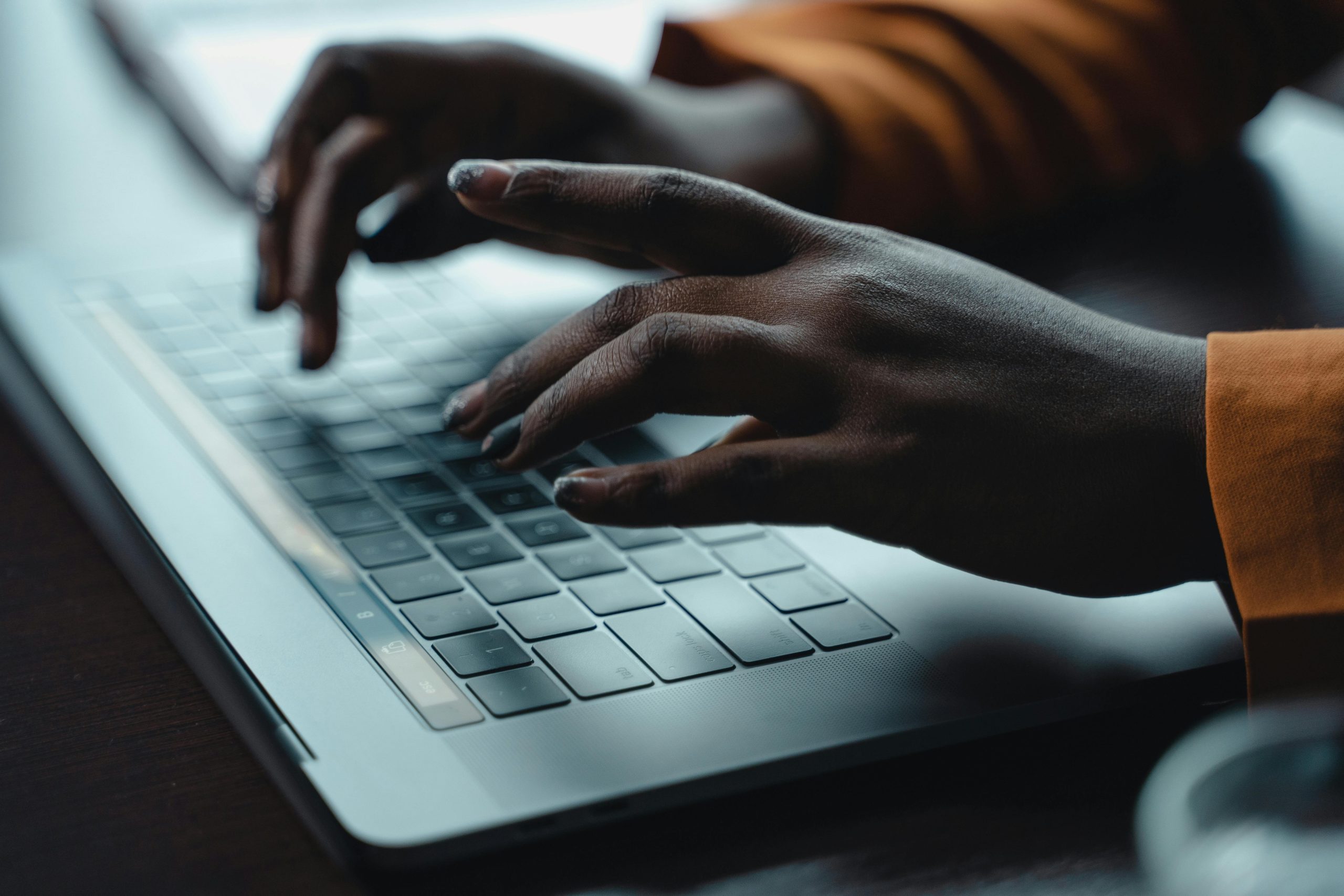Is your laptop running slower than usual? Before you consider spending money on hardware upgrades, there are several simple tweaks you can try to boost performance. Over time, laptops accumulate unnecessary files, background processes, and software bloat that can drag down speed. The good news is that you don’t need to be a tech expert to optimize your system. Here are easy ways to speed up a slow laptop without upgrading hardware.
Clean Up Your Hard Drive
A cluttered hard drive can significantly slow down your laptop. When storage space runs low, your system struggles to manage files efficiently, leading to sluggish performance. Here’s how to free up space:
Delete Unnecessary Files
Start by removing temporary files, old downloads, and duplicate documents. Windows users can use the built-in Disk Cleanup tool:
- Press Windows + S and type “Disk Cleanup.”
- Select your main drive (usually C:).
- Check the boxes for temporary files, recycle bin, and system files.
- Click OK to delete them.
Uninstall Unused Programs
Many laptops come with pre-installed bloatware that consumes resources. To remove unnecessary applications:
- Go to Control Panel > Programs > Uninstall a Program (Windows).
- Sort by size and uninstall programs you no longer use.
- For Mac users, drag unwanted apps to the Trash or use a tool like AppCleaner.
Optimize Startup Programs
Too many programs launching at startup can slow down your boot time and overall performance. Here’s how to manage them:
Disable Unnecessary Startup Apps
On Windows:
- Press Ctrl + Shift + Esc to open Task Manager.
- Go to the Startup tab.
- Right-click on apps you don’t need and select Disable.
On Mac:
- Open System Preferences > Users & Groups.
- Select your username and click the Login Items tab.
- Remove unwanted apps by selecting them and clicking the minus (-) button.
Adjust System Settings for Better Performance
Your laptop’s default settings may prioritize visuals over speed. Tweaking these can help improve responsiveness.
Reduce Visual Effects
Windows offers an option to optimize for performance:
- Press Windows + S and type “Performance.”
- Select Adjust the appearance and performance of Windows.
- Choose Adjust for best performance or manually disable animations.
Update Your Operating System and Drivers
Outdated software can cause slowdowns. Ensure your OS and drivers are up to date:
- On Windows, go to Settings > Update & Security > Check for Updates.
- On Mac, open System Preferences > Software Update.
- For drivers, visit your laptop manufacturer’s website or use a trusted driver updater tool.
Perform Regular Maintenance
Keeping your laptop well-maintained can prevent slowdowns over time.
Run a Malware Scan
Viruses and malware can hog system resources. Use a reliable antivirus program to scan and remove threats:
- Windows Defender (built into Windows) is a good starting point.
- For deeper scans, consider free tools like Malwarebytes.
Defragment Your Hard Drive (Windows Only)
If you’re using a traditional HDD (not SSD), defragmenting can improve speed:
- Search for “Defragment and Optimize Drives” in the Start menu.
- Select your drive and click Optimize.
Conclusion
Speeding up a slow laptop doesn’t always require expensive hardware upgrades. By cleaning up your hard drive, optimizing startup programs, adjusting system settings, and performing regular maintenance, you can restore your laptop’s performance without spending a dime. Try these methods one by one, and you’ll likely notice a significant improvement in speed and responsiveness. Keep your laptop running smoothly with these simple yet effective tweaks!
